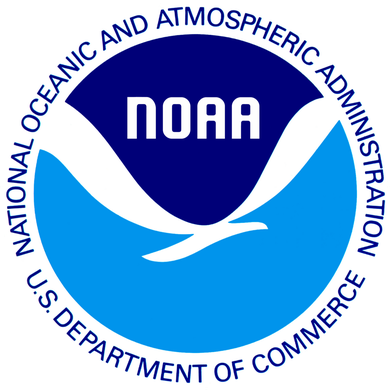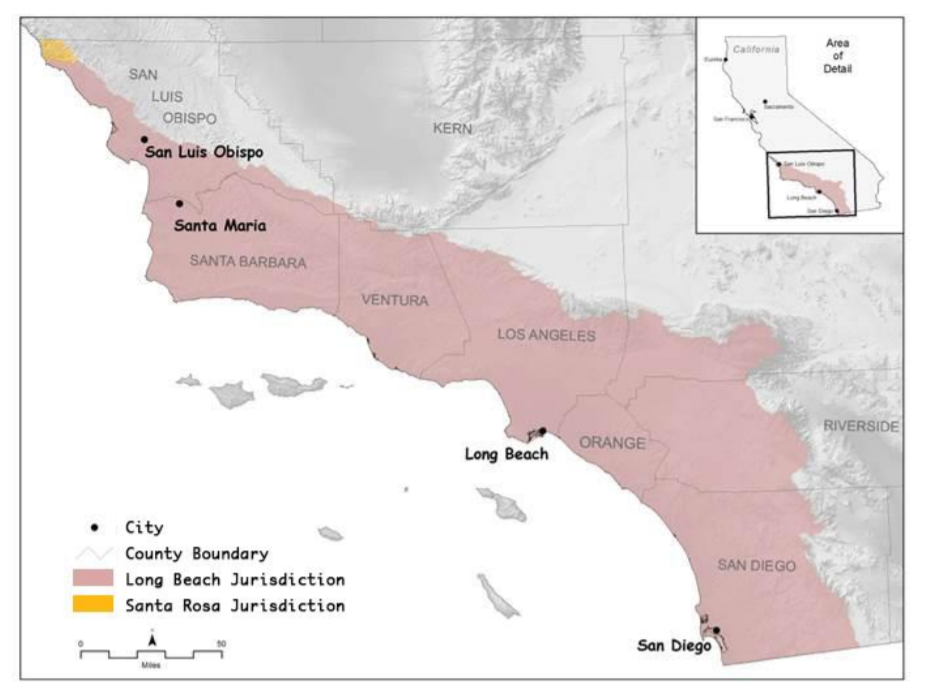Agency or authority
What this permitting pathway covers
Using this programmatic BO is an alternative to writing an individual project biological assessment and issuance of a biological opinion.
Eligibility
This biological opinion specifically considers restoration projects funded by the NOAA RC (Restoration Center), or projects that require a section 404 permit from the Corps and are determined by the RC to be within the scope of the Program (referred to as “qualifying projects”).
To specifically qualify, all proposed restoration projects must satisfy one or more of the following objectives:
- Restore degraded steelhead habitat
- Improve instream cover, pool availability, and spawning gravel
- Remove barriers to fish passage
- Reduce or eliminate sources of erosion and sedimentation
Projects must not dewater or disturb more than 500 contiguous linear feet of stream.
Due to the evolving nature of the various techniques and guidelines for salmonid restoration, the NOAA RC requires that projects authorized under this Program must adhere to the most current practices and best available guidelines and techniques for design and implementation.
Protection Measures Selection Tool
Protection measures from this PBO can be filtered based on project activities using Sustainable Conservation’s Protection Measures Selection Tool.
Applicable locations
Restoration projects covered under this BO could potentially occur within any coastal stream that is designated as critical habitat or have the potential to be occupied by steelhead, from almost to the northern San Luis Obispo County line to the U.S.-Mexico border. Part of San Luis Obispo County is in the Santa Rosa NOAA RC jurisdiction.
Permit documents
Expires on
December 23, 2025
How to apply
Contact Sarah Nossaman Pierce, Marine Habitat Resource Specialist at sarah.pierce@noaa.gov to discuss your project. See the application and monitoring form above.
May be used with:
- South Coast Federal Consistency Determination (CD) – Coastal Commission and NOAA Restoration Center
- CDFW Habitat Restoration and Enhancement Act (HREA)
- Water Board Order for Small Habitat Restoration Projects
- USACE Nationwide Permit 27 – Aquatic Habitat Restoration
- USACE Nationwide Permit 33 – Temporary Construction, Access, and Dewatering
- USACE Regional General Permit 41 – Mechanized Removal of Invasive, Exotic Plants (Exotics) from Waters of the U.S. (LA Corps District)
- CEQA Categorical Exemption 15333 – Small Habitat Restoration Projects
- CEQA Statutory Exemption for Restoration Projects (SERP) – CDFW
- CEQA Programmatic EIR for the State Water Resources Control Board Statewide Restoration General Order (SRGO PEIR)
- CDFW Fisheries Restoration Grant Program (FRGP)
- CDFW Restoration Management Permit (RMP)
- USFWS PBO for Projects that May Affect the California Red-legged Frog (Ventura FWO)
- USFWS Statewide Restoration Programmatic Biological Opinion (PBO)
- NOAA Restoration Center Programmatic Environmental Impact Statement (EIS)
Example projects
Species covered
- South-Central California Coast (SCCC) Steelhead (Oncorhynchus mykiss)
- Southern California Coast (SCC) Steelhead (Oncorhynchus mykiss)
Essential Fish Habitat (EFH) is NOT covered under this BO. EFH consultations must be done on a case-by-case basis for any coastal wetland projects that may affect EFH pursuant to section 305 (b)(4)(A) of the Magnuson-Stevens Fishery Conservation and Management Act and the Fish and Wildlife Coordination Act.
Activities covered
The proposed instream construction period for all Program activities is June 1 through November 30. A detailed description of Program Activities begins on page 7 of the PBO.
- Instream Habitat Improvements
- Instream Barrier Modification for Fish Passage Improvement
- Bioengineered Stream Bank Stabilization and Riparian Habitat Restoration
- Upslope Watershed Restoration
- Removal of Small Dams
- Creation of Off-channel/Side-channel Habitat Features
- Water Conservation Projects
More Complex Project Types Requiring Additional Oversight and Engineering Review
More complex project types covered by this programmatic consultation will require a greater level of oversight (e.g., engineering review) and review by the NOAA RC and Corps, which will consult with NMFS biologists and NMFS or CDFW engineers when appropriate. These project types involve:
- Fish passage at stream crossings
- Permanent removal of flashboard-dam abutments and sills
- Removal of small dams involve special or complex conditions such as those in high-risk areas (e.g. urbanized streams), dams in the lower portions of watersheds (where head cuts could be sent up multiple tributaries), and dams located in heavily incised channels
- Debris basin removal
- Creation and/or connection of off-channel habitat features
Limitations on Project Size and Footprint
To further minimize the potential for short-term adverse impacts, the following limitations apply to individual projects that can be authorized under the proposed programmatic consultation each year:
- Maximum length of stream dewatered per project is 500 linear feet.
- The disturbance footprint for a project’s staging areas may not exceed a total of 0.5 acres.
- Native trees with defects, large snags > 16-in. diameter at breast height (dbh) and 20 ft. high, cavities, leaning toward the stream channel, nests, late seral characteristics, or > 36- in. dbh will be retained. In limited cases removal will be permitted if trees/snags occur over culvert fill. No removal will occur without a site visit and written approval from the NOAA RC.
- Downed trees (logs) > 24-in. dbh and 10-ft. long will be retained on upslope sites or used for instream habitat improvement projects.
Exclusions
The following activities are not within the scope of the NOAA RC and Corps Restoration Program; hence, they are not analyzed in this opinion:
- off-channel/side-channel habitat projects that require the installation of a flashboard dam, head gate or other mechanical structures;
- projects that have the potential to create a steelhead passage barrier as determined by NMFS Fish Passage guidelines (including any associated maintenance activities, or lack thereof);
- projects that would dewater or disturb more than 500-feet of contiguous stream;
- dam removal projects that impound more than 900-cubic yards of sediment;
- riprap bank protection, other than bridge installation projects where the minimum amount of riprap needed to protect against scour is permitted;
- installation of infiltration galleries;
- construction of new or retrofitting of older fish ladders/fishways; and
- construction of concrete-lined channels of any sort.
Application Tips and Resources
Project applications will be submitted throughout the year and distributed to/by NOAA RC and Corps staff for review and approval. For projects requiring NMFS’ Southern California Branch Office review, a minimum of 45 days will be scheduled for biologist review. For complex projects requiring engineering review (see Section 1.3.4 of the PBO), a more lengthy review process is anticipated. The engineering review process shall be coordinated on a case-by-case basis with NMFS and/or CDFW engineers.
The Corps will be the first level of review for projects received by the Corps as part of the 404 or section 10 permit application process. The NOAA RC will be the first level of review in screening potential NOAA RC-funded projects for authorization under the PBO, and will determine whether the project’s goals, techniques, location, and design are consistent with the PBO.


